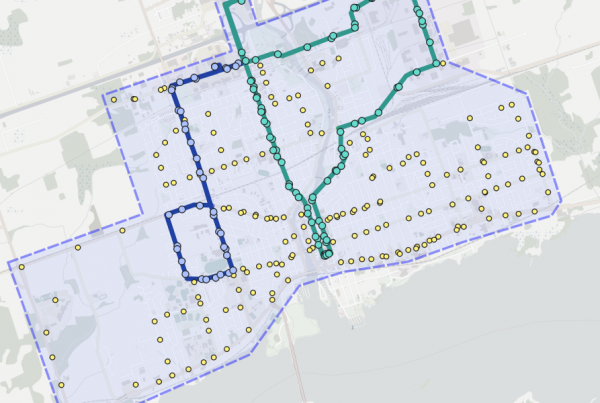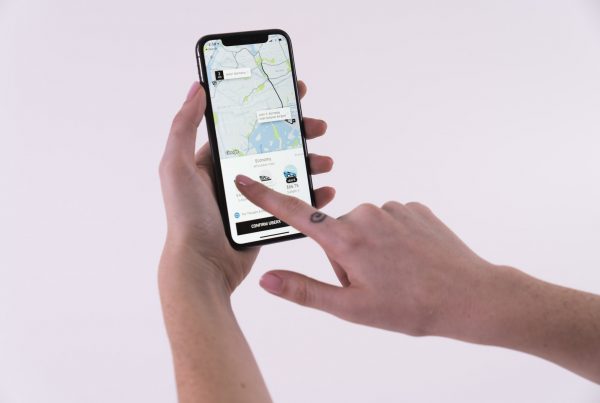It’s time to increase operational efficiency and you’ve decided on implementing an operations platform that integrates a mobile aspect to it. Now what?
First, pat yourself on the back because you have just taken the first step to ensuring a drastic increase in efficiency of about 23% in your workforce. So that was easy. The next step is getting the right service provider and device for your mobile assets.
Deciding on a service carrier for your business’ mobile needs can be tough but there are ways you can narrow down this decision. The first thing to do is compare the cell phone companies and service carriers in your area. Select at least three cell phone companies and compare their plans, network coverage, range of services, whether they provide monthly plans, prepaid plans, contract plans, whether they have unlimited plans and a data network.
The second step would be to decide if you want a company that offers Local or national service. In the US, AT&T and Verizon are on top as the two national carriers and are the choice for most companies, but if your business is focused on a local or regional area, consider a smaller and local service provider. A local provider will usually charge a lower rate on voice and data packages and offer more personalized service for the business accounts they serve, however the bundle prices for purchasing hardware may be lower by choosing a larger cellular network provider.
The third step is to consider the coverage available by your provider of choice. Coverage maps are available on every carrier’s web site. Remember to check your local coverage and any other areas that you may expect to be doing business in. If the map shows a strong presence in your home region, but no coverage in the areas where your mobile assets will be driving to, then expect choppy service or a high fee on your bill for roaming charges.
Some times the deal breaker when choosing a cellular service provider is the bundle prices on hardware. Deciding on which type of device to use can be made easy by considering both performance and user friendliness.
If you are optimizing your business with software that integrates order entry, dispatch, scheduling, billing and reporting into one, you need a device that can seamlessly integrate all these aspects of your business with your mobile assets. Smart phones and tablets come in many shapes and sizes and offer a variety of options that already come included such as built in GPS, built in wireless connection and data connectivity. These features allow businesses to successfully utilize the mobile integration of their operations software by continuously sending and receiving data to and from each mobile asset in real time. The push notification feature on these devices helps the drivers and crew receive updates to orders, receive instructions on routes and send back feedback in real time. Many future software changes can be integrated into these devices by updating the operating system that they run on.
The bells and whistles on a device do matter but above all don’t forget user friendliness. When committing to a device for your staff, consider which device best serves your mobile crews job mandate and business needs. For patient transfer, demand response, lab transfer and Para-transit organizations this means a device that is connected to the Internet and to GPS at all times. If the platform you are using at the office integrates billing into the mobile aspect of your business, then you may want to also consider a device with touch screen capabilities. This eliminates most BlackBerry phones and many other smart phones; in addition this also makes providing your crew with tablets an option. If you really want to get fancy, consider a device that comes with a stylus built into it purchase the stylus as an add-on for that extra-added flare when impressing your clients.
Summary
When deciding on a cellular carrier and device, it’s important to look past the up front cost and instead at how they each will integrate with your business processes to help you achieve total efficiency. Are you local? Or do you plan to expand? Do you stick to a region? How much of your operations will be integrated into your mobile device? All these are questions that when answered can help make choosing a cellular network carrier and device that much easier.




